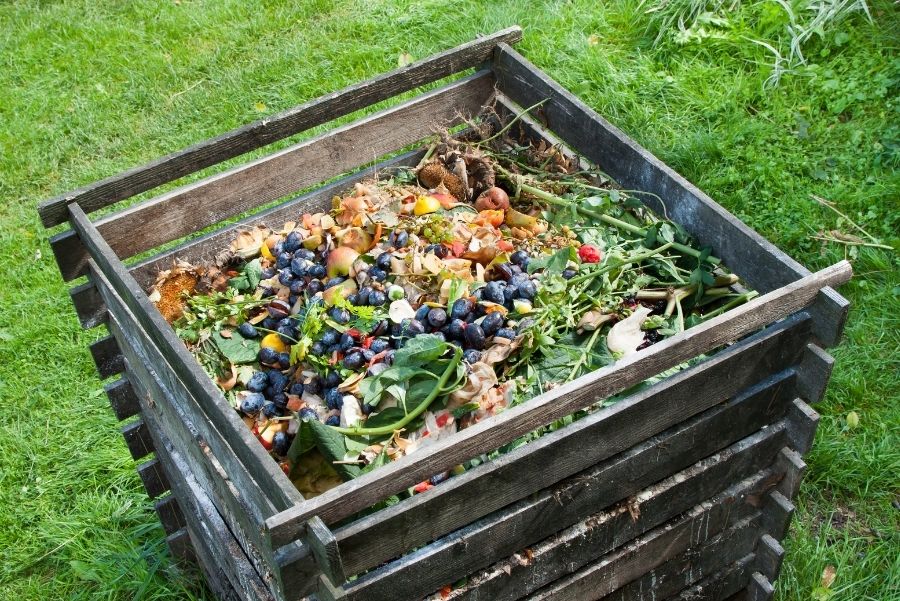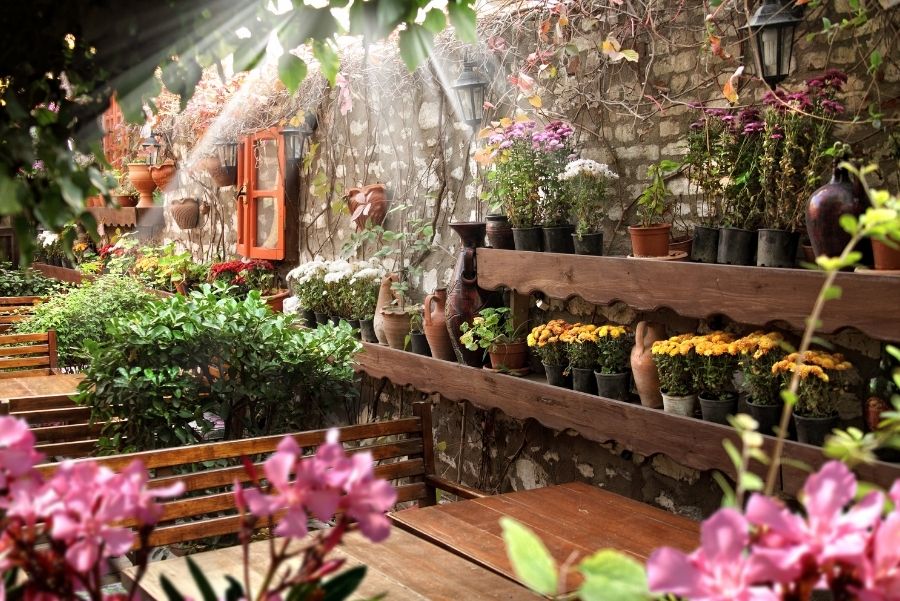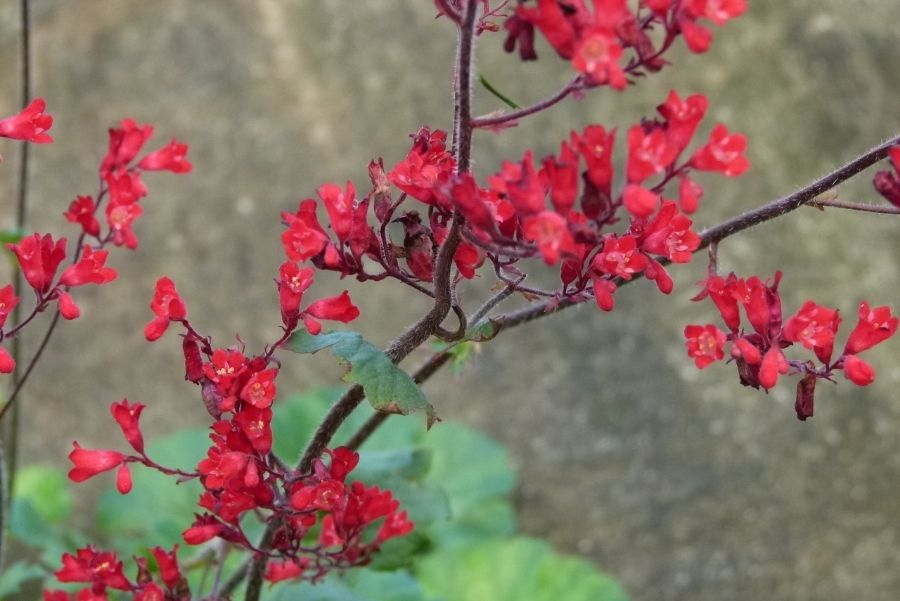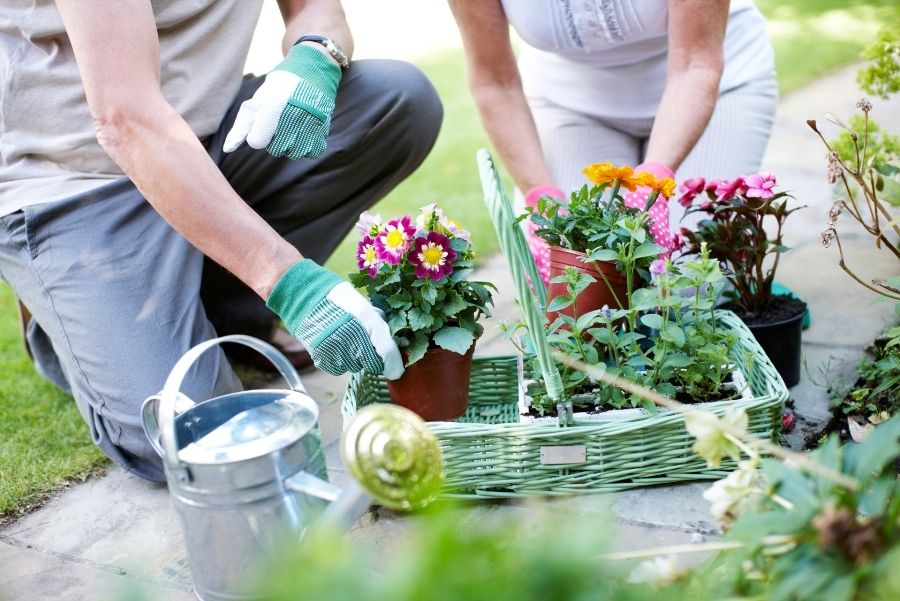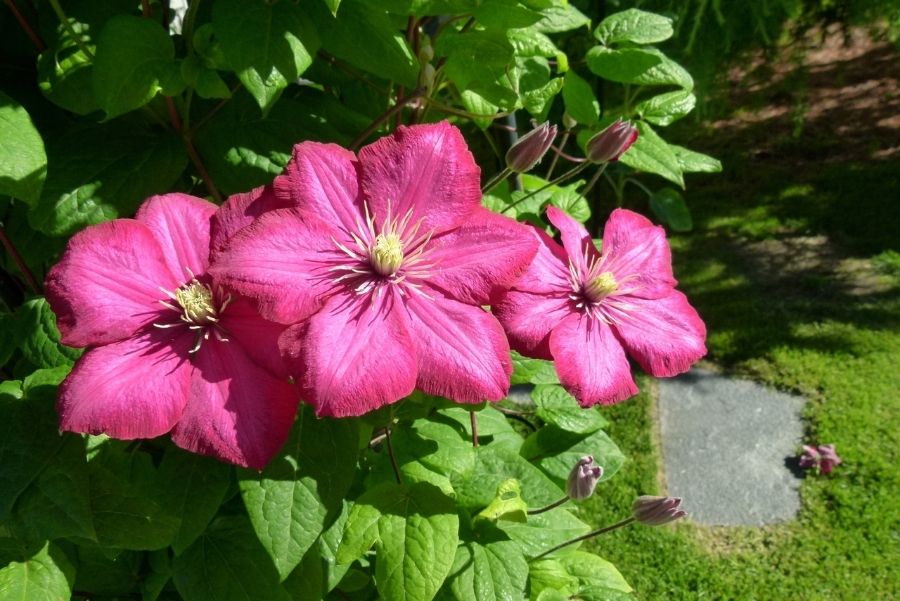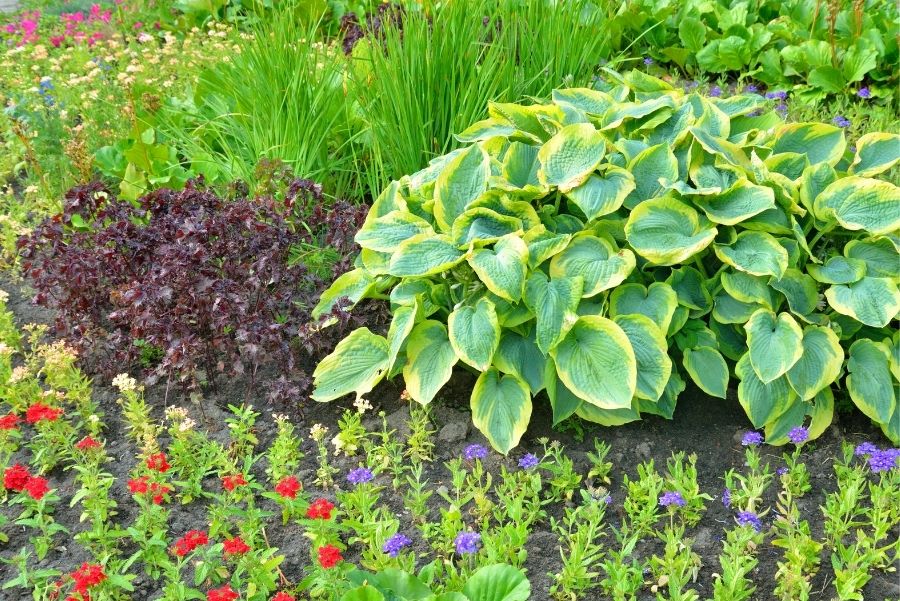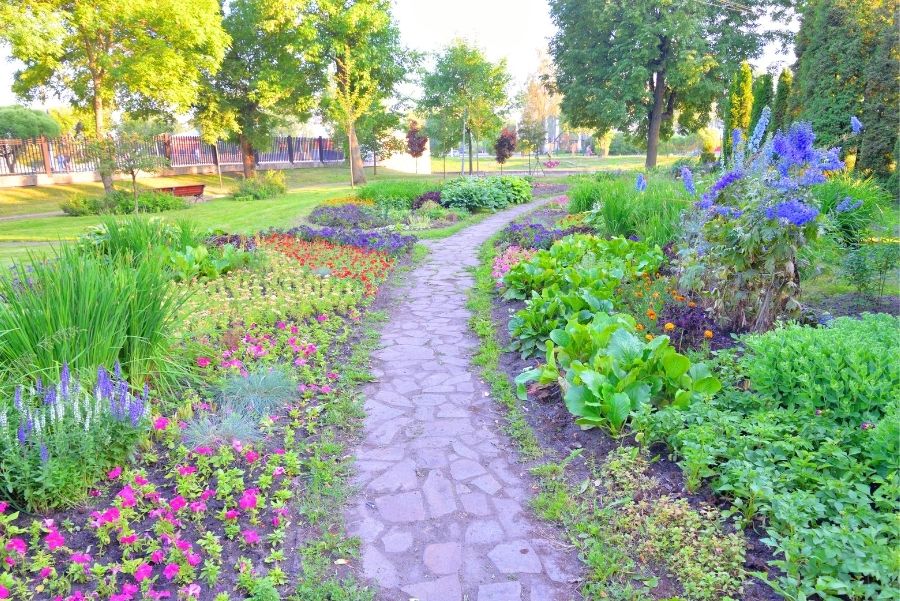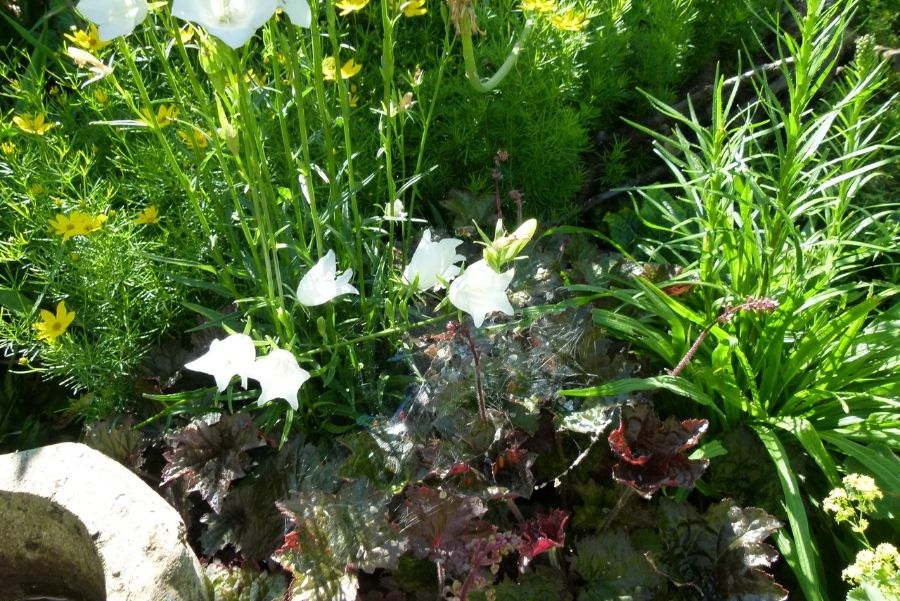Hydrangeas are flowers that suit the garden of every man interested in botanical pursuits. By pruning them time after time, they do well throughout the year. At Epoxy flooring Newcastle offices, there are some hydrangeas planted in the front garden that make the yard very welcoming and beautiful. Yet hydrangeas are the sort of flower that tends to have the gardeners double-minded as to their pruning and upkeep. Some types are to be pruned in the scorching months of summer. Then there is the variety that is meant to be pruned in the pleasant spring season or autumn. It all ultimately depends on several factors. Differentiating the sort of hydrangea you have and what kind of treatment you ought to give opens up a whole pandora’s box.
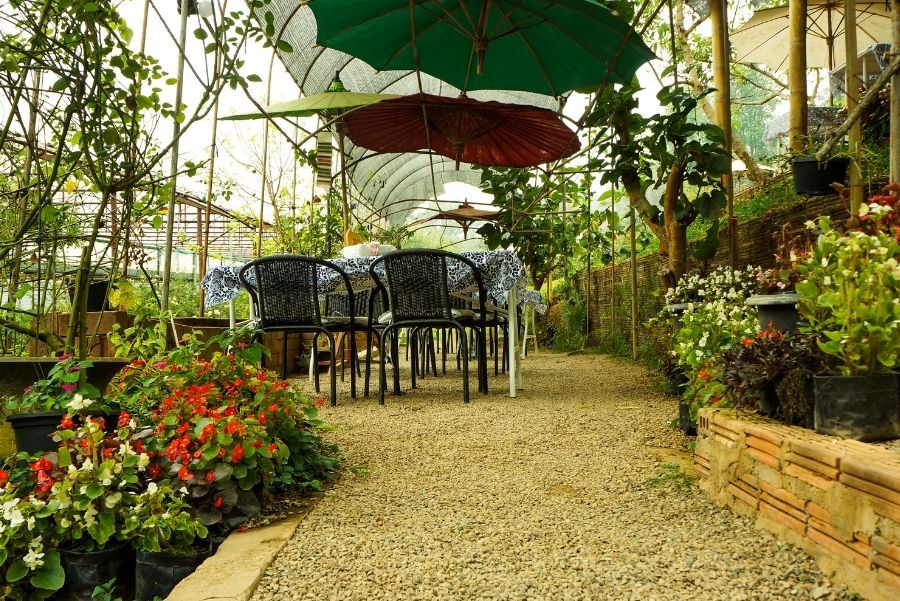
As far as hydrangeas are concerned, there are two sorts. There is the kind that blossoms in spring. Then there is another kind which blooms in the fall season. Each of these has its unique pruning method which any gardener worth his salt ought to wrap his head around. Those hydrangeas which reach maturity in spring ought to be pruned in fall. Allow the buds and high growth areas to remain intact though. Also, cut any different areas of growth. It ought to be pruned in the winter and spring seasons for the sort which blooms in autumn. Prune some more than you would the first kind mentioned above.
There is a problem with not pruning your hydrangeas. They won’t blossom in spring next year. When to prune hydrangeas, they often get asked because they look gross during the winter months. Also, they don’t bloom in the summer heat if they are not pruned. Finally, since hydrangeas are standard in gardens with shrubbery or two, they need pruning as all shrubs do. Yet you ought to never prune at the wrong time since they won’t appear when the time comes for them to do so. Besides like a haircut causes the hair to grow even thicker and luxuriant, pruning lends strength and more extraordinary flowering ability to hydrangeas.
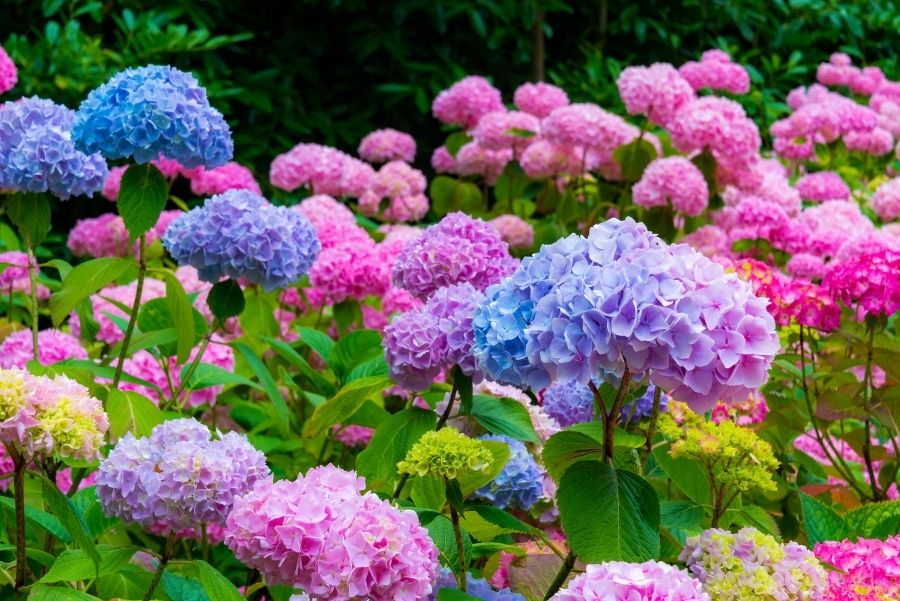
Pruning is an activity that occurs ideally when the flowers begin to lose their colour. The earlier this action is taken, the better it is. Remove any extraneous woody twigs and odds and ends for the ultimate pruning. Do however leave a bit of the older structure intact so that new stuff could grow on it. Another thing to always remember is that one type of hydrangea produces its flowers on old lignin while the other type produces them on new lignin. Old lignin is the kind that has remained intact since the last season. New lignin is the type that has developed recently in the current season.
Hydrangeas such as Mophead, Big Leaf, Lacecap and Oakleaf flower on old lignin. In the best of conditions, hydrangeas ought to take root in your garden under circumstances when pruning would not be needed at all. This requires open and vacant areas of fresh soil where there is no competition from other plants or shrubs. This way the hydrangea can grow unimpeded to its full version. The blossoms and growth will be steady and even season after season. It is an ideal situation, and in real life where plants encroach from all sides, the hydrangeas will need pruning.
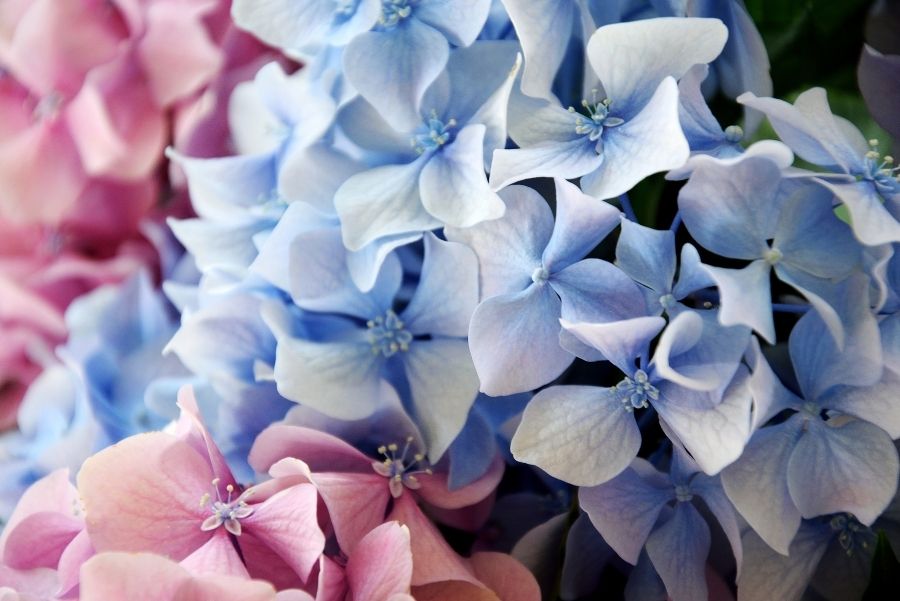
Old lignin hydrangeas start their growth cycle in August and September. The process of removing older flowers which have faded is termed deadheading. It should be done with care. The question of the correct method of pruning is a bit tricky. If there is any rule that has withstood the test of time, it is that the weak stems have got to go. Start with them first. Also, get rid of any rotten or tangled branches. The old lignin ought to remain since it is the very site on which the new blooms will grow. Then there is the new lignin blooming hydrangeas. The perfect thing about these is that they bloom every year whether you give them some TLC or not. If you still feel the need to prune them (to stay on the safe side) do it in the fall season. They will then bloom in spring with renewed vim and vitality.
